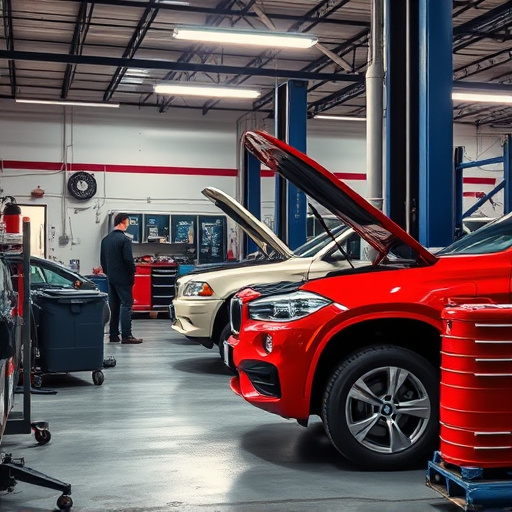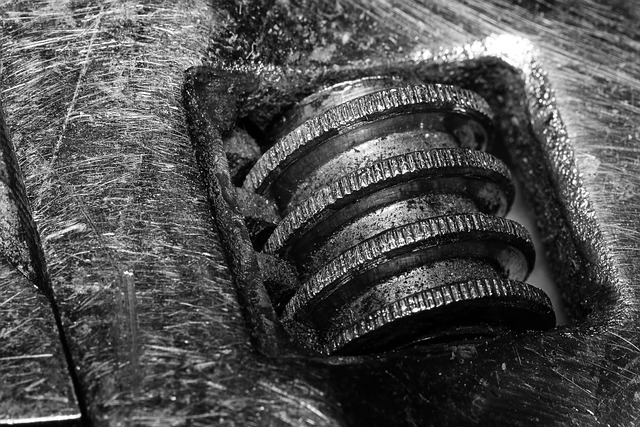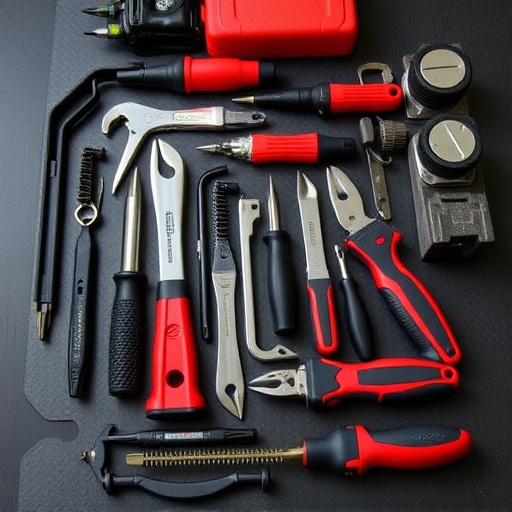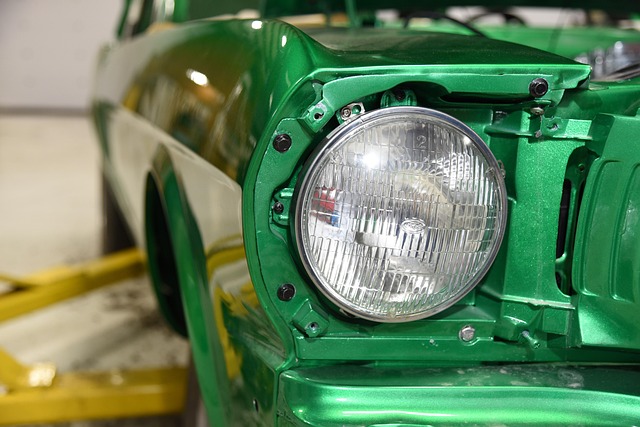Apron assembly repair is a critical auto body work process that reconstructs the structural connection between chassis and wheels. It involves assessing damage, disassembling parts, creating templates for replacements, and fabricating new aprons using techniques like welding or adhesives, followed by rigorous testing for integrity. This specialized service significantly reduces repair times in collision centers, cutting costs and wait times for customers, especially those seeking paintless dent repair services. Efficient apron assembly repair is vital for Mercedes Benz repair shops to meet tight deadlines, achieved through well-trained technicians, high-quality parts, inventory management, clear communication, and modern tools.
Apron assembly repair is a critical component in reducing garment repair timeframes. Understanding this process involves grasping how it systematically addresses common wear and tear, ensuring longevity of aprons used in various industries. This article delves into the basics of apron assembly repair, its significant impact on overall repair efficiency, and offers strategies to optimize the technique, thereby meeting stringent timeframe requirements. Apron assembly repair, when executed effectively, serves as a game-changer in expediting turnaround times without compromising quality.
- Understanding Apron Assembly Repair: The Basic Process
- The Impact of Apron Assembly Repair on Total Repair Time
- Strategies for Efficient Apron Assembly Repair and Meeting Time Frameworks
Understanding Apron Assembly Repair: The Basic Process

Apron assembly repair is a specialized process within the broader domain of car body repair and auto body work. It involves the meticulous reconstruction of the apron, a vital component of a vehicle’s structure that connects the chassis to the wheels. This intricate task demands precision and skill, as even minor misalignments can impact overall vehicle stability and performance.
The basic process begins with assessing the damage or wear in the apron area. Skilled technicians then carefully disassemble any affected parts, taking measurements and making templates to ensure accurate replacements. Next, new aprons are fabricated or customized to match the exact specifications of the original design. This could involve welding, bolting, or using specialized adhesives tailored for car body repair. Once fitted, the apron assembly is rigorously tested to guarantee structural integrity, ensuring that it meets the highest standards in car damage repair.
The Impact of Apron Assembly Repair on Total Repair Time

Apron assembly repair plays a significant role in reducing overall repair time frames for cars in collision centers. This critical step involves the meticulous reconstruction of the vehicle’s apron, which is integral to its structural integrity and safety features. By efficiently repairing and replacing worn-out or damaged apron components, technicians can significantly cut down on the time spent waiting for parts to arrive and the labor required to reassemble the intricate system.
In the realm of car body repair, apron assembly repair streamlines the process, enabling quicker turnaround times. This is particularly beneficial for collision centers offering paintless dent repair services, where minimizing disruption to the vehicle’s original finish is paramount. Efficient apron assembly repairs translate into reduced waiting periods for customers, enhancing overall satisfaction and fostering a positive perception of the repair facility.
Strategies for Efficient Apron Assembly Repair and Meeting Time Frameworks

Efficient apron assembly repair is a key strategy to meet tight vehicle repair time frameworks, especially in collision centers like Mercedes Benz repair shops. Streamlining the process involves several tactics. First, having dedicated and well-trained technicians for apron assembly can significantly reduce turnaround times. These specialists should be adept at quickly diagnosing issues, replacing worn-out components, and reassembling the apron with precision. Standardized procedures and regular training sessions can enhance their efficiency.
Additionally, utilizing high-quality replacement parts ensures durability and minimizes future repairs, further optimizing the process. Implementing a robust inventory management system helps in promptly locating and procuring necessary components. Effective communication among team members, clear workflow orchestration, and the adoption of modern repair tools also contribute to meeting time frameworks. These strategies collectively ensure that apron assembly repairs are conducted swiftly, accurately, and within the set schedules, enhancing overall vehicle repair efficiency in collision centers.
Apron assembly repair is a critical component in streamlining repair time frames, demonstrating its significant role in efficient after-sales service. By understanding the basic process and implementing strategies for swift execution, repair facilities can optimize their operations, reduce wait times, and enhance customer satisfaction. Embracing apron assembly repair as a key strategy enables technicians to navigate complex repairs with agility, ultimately contributing to a well-oiled and productive maintenance system.














